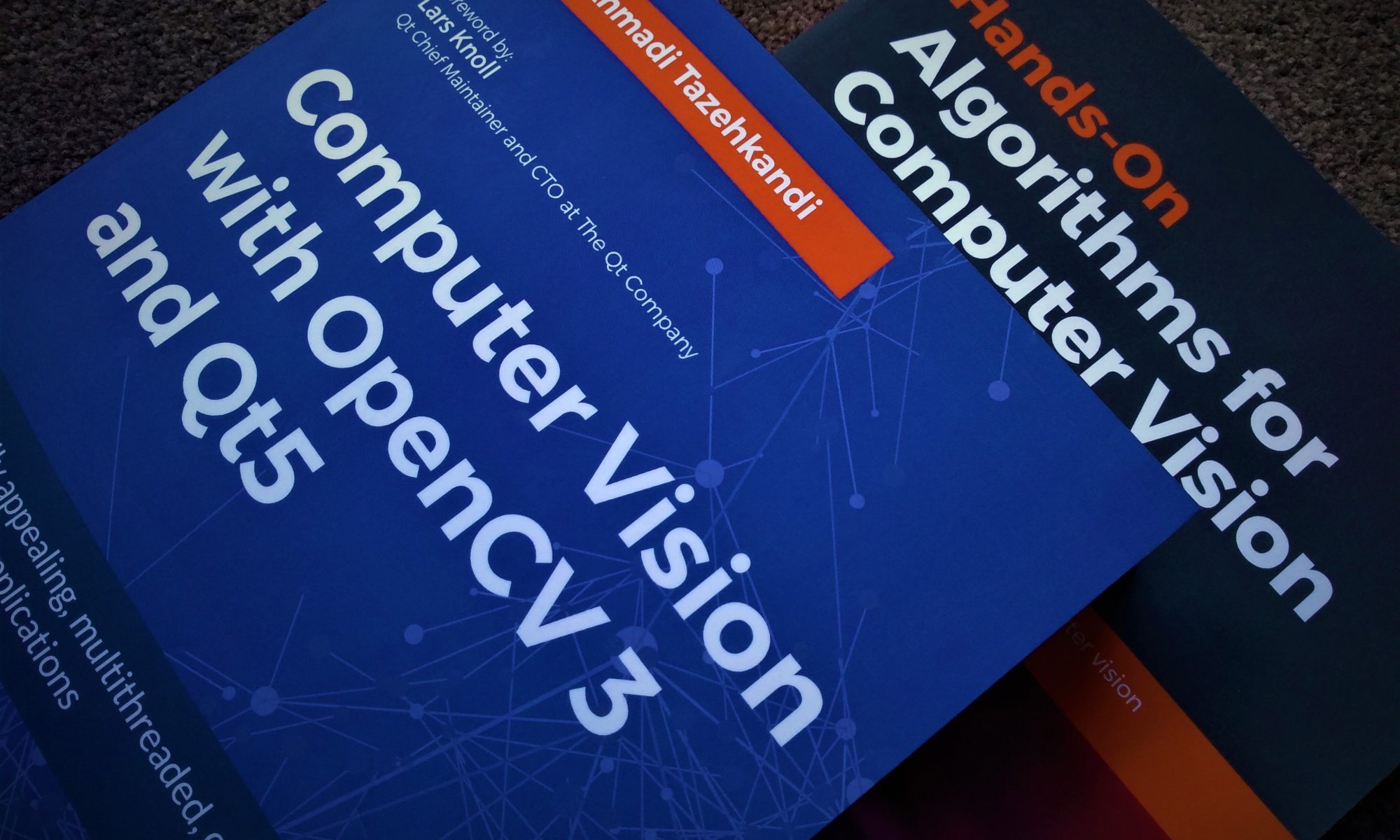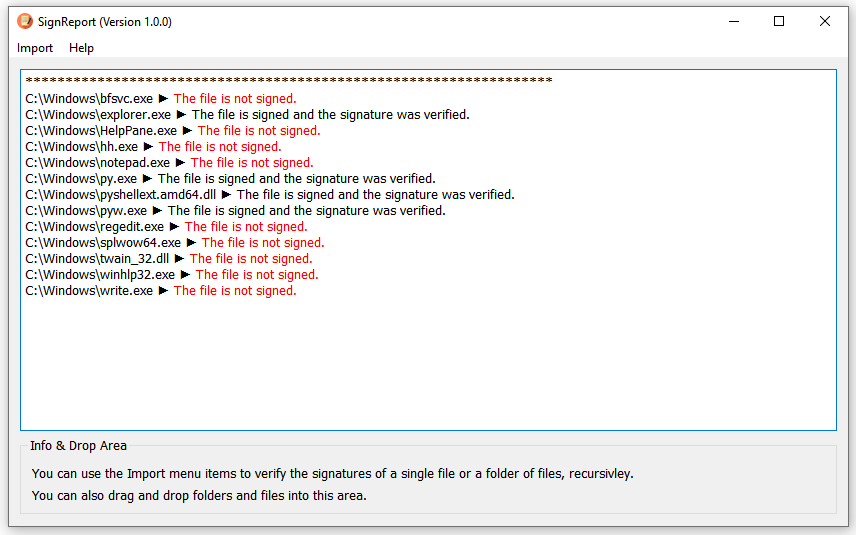It’s actually been quite some time since I’ve made a shift to using Python and in general languages and tools that offer a shorter way to test out ideas. But recently I’ve started doing that in a more structured and hopefully sustainable way, that not only is good for extremely fast prototyping, but also for building stable and trustworthy software applications that might (must?) run for a long time. So, to let you in on the trick, in this post, I am going to introduce you to Flython, a library that will help you create applications that use the best of the two worlds of Flutter (Dart) and Python.
Continue reading “Introducing Flython, a way to use Python in Flutter”Building Python (CPython) from sources and getting started on Windows
I’m having a blast building CPython from scratch and thought it’s probably a good idea to keep track of the build steps. I figured this one’s something I’ll be doing/repeating for a long time. This has the potential of making Python app deployment quite simple.
Continue reading “Building Python (CPython) from sources and getting started on Windows”How to Build OpenCV 3.4.11 for Native Android Development Using PowerShell (Windows)
One in a while I start working on an Android app with computer vision capabilities and obviously I need OpenCV for that. However, I’m not surprised that every time (or most of the time to be fair) there’s some change in the way OpenCV is built which renders my build scripts useless, or buggy at least. This is understandable because of the nature of OpenCV library and the fact that it is trying to keep up with many new features and fixes and so on. In any case, this post is a reminder of all of the things I just mentioned and a guide to help you build OpenCV for Native Android development, and especially in Qt Framework which I’ll describe in a separate post soon.
Continue reading “How to Build OpenCV 3.4.11 for Native Android Development Using PowerShell (Windows)”Computer Vision Docker Image with TensorFlow and OpenCV, From Scratch
After publishing this post some time ago which was a tutorial on how to create a Computer Vision Docker image using OpenCV and TensorFlow, I got many questions from people about the issues they’re facing when they try to use it. If you think something of a similar nature happened to you, then this post is meant for you.
Continue reading “Computer Vision Docker Image with TensorFlow and OpenCV, From Scratch”Using Docker with Windows 10 Home Edition
It was a disappointment to learn that I can’t use the most recent versions of Docker at home (with my Windows 10 Home Edition) but after digging around a bit, I learned that there’s actually an option, which suits me even better than Docker Desktop for Windows.
Continue reading “Using Docker with Windows 10 Home Edition”How to Build Static FFmpeg with x264 on macOS
I had to build FFmpeg with x264 support on macO statically, so I had to look around for a bunch of scattered commands. This is why I thought I should gather them up into a single post for easier reference later on. Here’s the result.
Continue reading “How to Build Static FFmpeg with x264 on macOS”Building OpenCV 4.3.0 with Visual Studio 2019 Community
This is another one of those notes for myself which might be useful to you as well so I’m sharing it here. If you want to easily download and build OpenCV 4.3.0 with a simple PowerShell script, the this guide is for you.
Continue reading “Building OpenCV 4.3.0 with Visual Studio 2019 Community”Using OpenCV ANN MLP to Train a Model on Iris Flower Dataset
Even though OpenCV is mainly a Computer Vision Library, it still contains a large set of very powerful mathematical functions, optimization algorithms and even GUI utilities that can be useful in other applications as well. Besides the fact that it’s open source and has a very permissive license, the emphasis on speed and performance which has always been the main goal of OpenCV, makes it even more appealing for commercial grade applications. That was my main motivation behind writing this post, and I want to walk you through it with a classical machine learning example, that is training a multilayer perceptron to classify Iris Flower Dataset entries.
Continue reading “Using OpenCV ANN MLP to Train a Model on Iris Flower Dataset”Computer Vision Docker Image with TensorFlow and OpenCV
It’s almost inevitable to use Docker images these days especially if you want to have a consistent development environment and configuration. They make life extremely easy by guaranteeing that your application (in this case, Computer Vision application) will always behave the same way as it did when you developed it. How? By using Containerization. If you’re not familiar with the topic then I suggest first doing some research and reading on “Containerization vs Virtualization” and how to use Docker. Then come back to this tutorial to learn how to create a Computer Vision Docker Image that you can use to develop and play around with TensorFlow and OpenCV for Object Detection.
Continue reading “Computer Vision Docker Image with TensorFlow and OpenCV”SignReport, a Tool for Batch Verification of PE Signatures
Code signing is one of the most popular ways of confirming the integrity of software packages. This is made possible by the author of the PE (such as *exe, *.dll and so on) using a Sign tool to add their signature (a certificate) to the PE file. Checking the signature of PE files on the other hand can be done by using WinVerifyTrust function. This example demonstrates how WinVerifyTrust can be used. In this post I’ll share the slight changes needed to make WinVerifyTrust work with Qt Framework, along with a tool built with Qt Framework, that can be used to verify the signature of all PE files within a chosen folder.
Continue reading “SignReport, a Tool for Batch Verification of PE Signatures”



